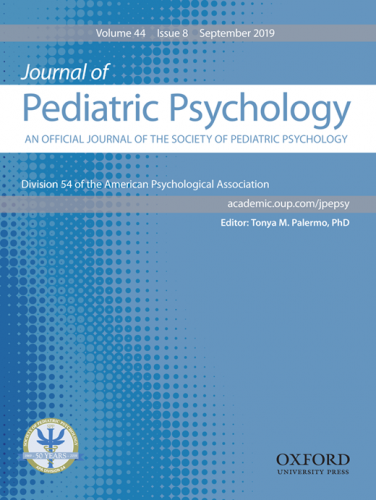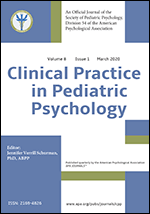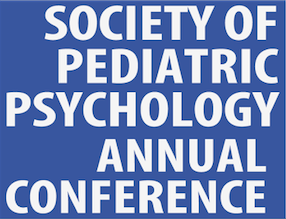Fact Sheet: Habit Disorders and Tics in Children and Adolescents
The term “habit disorders” includes thumb sucking, nail biting, hair pulling and tics (such as shoulder, head and elbow jerks, eye blinking, twitching or squinting of the eyes and jerking of the mouth and cheek). According to the DSM IV, Tourette Syndrome (TS) patients exhibit both motor and vocal tics that wax and wane and change in topography over time, the symptoms must have been present for at least 1 year, with no tic free period of longer than 3 months, cause marked distress or significant impairment in social, occupational or academic performance and the symptoms are not due to the direct physiological effects of a substance such as a stimulant or a general medical condition.
Prevalence and Course
An estimated 24 percent of children experience tics, but more are of a minor degree and do not lead to a clinical diagnosis. The Tourette Syndrome Association estimates that some 200,000 individuals in the United States are known to have TS.
Health and Psychosocial Consequences
Generally, people with TS lead productive lives and can anticipate a normal life span. One potential significant consequence of TS is embarrassment related to having tics occur in a highly visible setting such as a classroom. Some patients with TS may have difficulty obtaining employment in occupations that require dealing with the public or working in small groups due to the intensity of their tics. However, this is a small percentage. Some individuals with TS may be at risk for physical injury, primarily repetitive movement injuries, from their tics.
Evidence-based Assessment
TS is typically diagnosed based upon the history and brief office observation. Research has relied upon two major types of assessment: videotapes (scored for interobserver reliability) and clinically validated rating scales such as the Yale Global Tic Severity Scale (YGTSS) or Child’s Tourette Syndrome Impairment Scale (CTSIS).
Culture, Diversity, Demographic and Developmental Factors
All ethnicities and races are affected, although TS seems to be substantially rarer in African-American populations.
Evidence-based Interventions
Based upon the work of Azrin and Peterson, the only well-established behavioral treatment for habit disorders and tics is Habit Reversal Training (HRT) or as it is referred to now, Comprehensive Behavioral Treatment of Tics (CBIT). Piacentini and colleagues, in a landmark study, randomly assigned 126 children, ages 9-17 at three different sites, to either CBIT or a Supportive Therapy and Education Group. Using the YGTSS, a 52.5 percent decrease with CBIT was found compared to an 18.5 percent decrease in the “supportive treatment” control group.
The Tourette Syndrome Association sponsors training workshops for groups of professionals to train them in the implementation of HRT/CBIT with patients with Tourette Syndrome. Additionally, there are TSA organizations in almost every state that provide additional resources.
References
Azrin, N.H., & Peterson, A.L. (1990). Treatment of Tourette Syndrome by habit reversal: A waiting-list control group comparison. Behavior Therapy, 21, 305-318.
Erenberg, G. (1999). Tics. In R.A. Dershewitz (Ed.), Ambulatory pediatric care (3rd ed., pp. 806–809). Philadelphia: Lippincott-Raven.
Piacentini, J., Woods, D.W., Scahill, L., Wilhelm, S., Peterson, A.L., Chang, S., Ginsburg, G.S., Ginsburh, G.S., Deckersbach, T., Dziura, J., Levi-Pearl, S. & Waldrup, J.G. (2010). Behavior therapy for children with Tourette Disorder. Journal of the American Medical Association, 303, 1929-1937.
Woods, D.W., Piacentini, J.S., Chang, S.W., Deckersbach, T., Ginsbury, G.S., Peterson, A.L., Scahill, L.D., Walkup, J.T. and Wilhelm, S. (2008). Managing Tourette Syndrome: A behavioral intervention for children and adults. Washington, D.C.: Tourette Syndrome Association.



